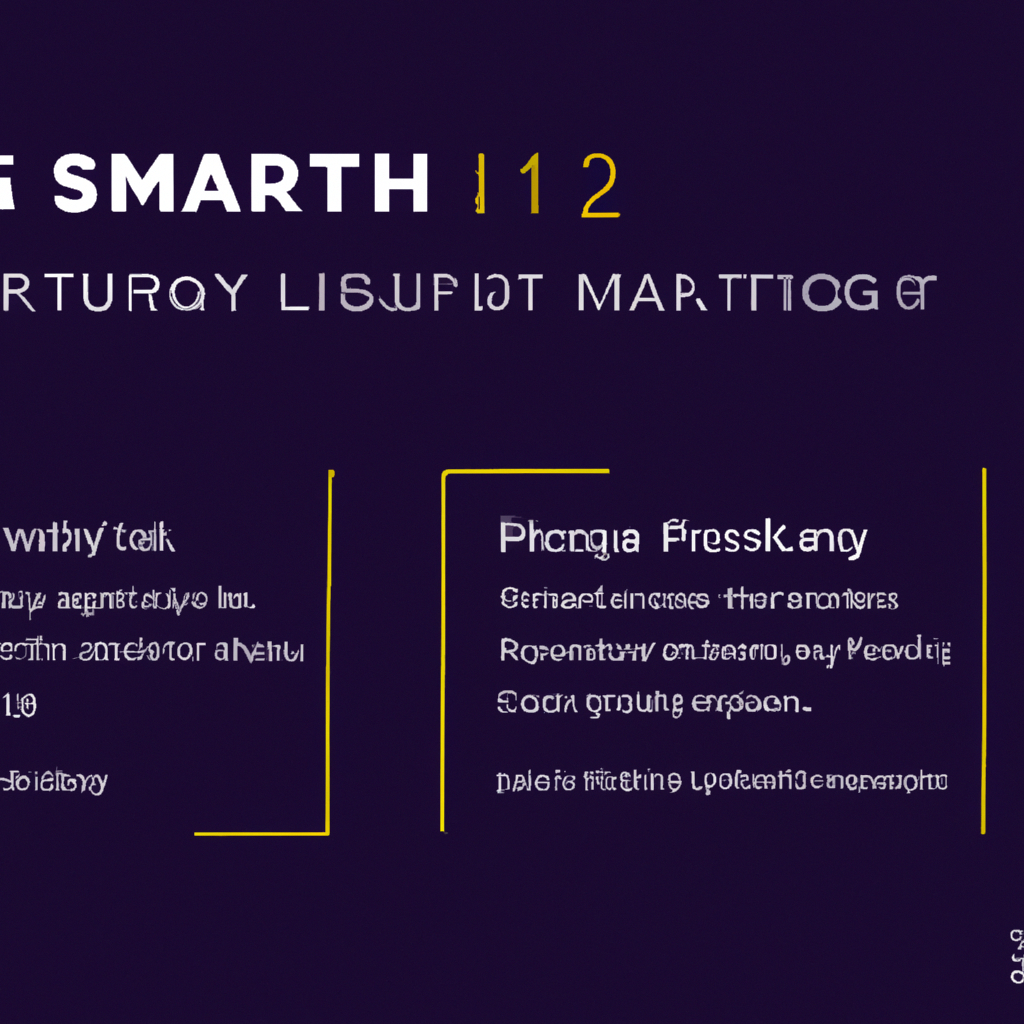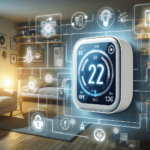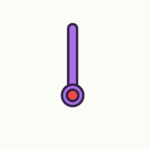Imagine a world where your lights not only illuminate your every space, but also enhance your safety and convenience. Smart lights, powered by the Internet of Things (IoT), have transformed the way we light up our homes. These innovative devices, controlled through mobile apps or voice assistants, offer a range of vibrant colors, adjustable brightness, and even personalized settings. However, as with any technology that connects to the internet, there are potential privacy and security concerns that need to be taken into consideration. In this article, we will explore the possible risks associated with smart lights and how you can protect yourself from potential threats. So, grab a cup of tea and let’s shed some light on this illuminating topic!
Privacy Concerns
Smart lights can raise several privacy concerns due to the nature of their data collection, storage, and sharing capabilities.
Data Collection
One of the primary concerns with smart lights is the collection of personal data. These devices often have built-in sensors and cameras to detect motion and adjust lighting accordingly. While this feature can enhance the user experience, it also means that the smart lights are constantly collecting data about your movements and activities within your own home. This constant collection of personal information raises questions about who has access to this data and how it might be used.
Data Storage and Sharing
Another privacy concern is the way smart lights store and share collected data. In order to function properly, smart lights need to store data within their systems. This data can include information such as usage patterns, schedules, and even sensitive information if the smart lights are integrated with other devices. The question then arises: where is this data stored and who has access to it? If the data is stored in the cloud, there is always a risk of a security breach or unauthorized access to personal information.
Third-Party Access
Smart lights often require connectivity to other smart devices or platforms in order to provide advanced features. This means that third-party companies may have access to your smart lights and the data they collect. While these companies may have strict privacy policies, there is always a risk of data breaches or misuse of personal information. Additionally, the more devices and platforms your smart lights are connected to, the greater the risk of your personal data being shared with multiple parties.
Unauthorized Surveillance
The presence of cameras in some smart lights raises concerns about unauthorized surveillance. If these cameras are not properly secured, hackers or malicious individuals could potentially gain access to the device and use it for spying purposes. This invasion of privacy is a serious concern and emphasizes the importance of implementing robust security measures to prevent unauthorized access to smart lights.
Insecure Communication
Smart lights often communicate with other devices or platforms to provide seamless integration and control. However, if the communication between these devices is not secure, it can leave the door open for hackers to intercept and manipulate the data being transmitted. This can lead to privacy breaches and potentially even allow malicious actors to gain control over your smart lights.

Security Concerns
Apart from privacy concerns, smart lights also pose various security risks that need to be addressed.
Weak Authentication
One of the primary security concerns with smart lights is weak authentication methods. If the authentication process to access your smart lights is weak or easily guessable, it becomes easier for unauthorized individuals to gain control of your devices. Strong passwords and two-factor authentication should be implemented to prevent unauthorized access to your smart lights.
Vulnerabilities in Firmware
Smart lights rely on firmware, which is the software that controls the device’s functionality. However, like any software, firmware can have vulnerabilities that malicious actors can exploit. These vulnerabilities can allow hackers to gain access to the smart lights and potentially control or manipulate them. Regular firmware updates and security patches are critical to mitigate these risks.
Hackers and Malware
Just like any connected device, smart lights are susceptible to hacking and malware attacks. Hackers can exploit vulnerabilities in the device’s software or use malware to gain control of the smart lights and potentially access other connected devices or personal data. It is crucial to regularly update the software and firmware of your smart lights and install reputable security solutions to protect against these threats.
Physical Access
While most security concerns with smart lights revolve around cyber threats, physical access to the devices can also pose risks. If an unauthorized individual gains physical access to your smart lights, they may be able to tamper with the device or extract sensitive information. It is important to physically secure your smart lights and ensure that only trusted individuals have access to them.
Integration with other Smart Devices
Smart lights often integrate with other smart devices, such as voice assistants or smart hubs, to provide an interconnected and convenient experience. However, this integration can also introduce security risks. If one of the connected devices is compromised or insecure, it can potentially impact the security of your entire smart home system, including the smart lights. Care should be taken to ensure that all connected devices adhere to strong security protocols and are regularly updated.
In conclusion, while smart lights offer convenience and an enhanced lighting experience, it is important to consider and address the potential privacy and security concerns associated with these devices. Taking steps to protect your privacy, such as reviewing data collection and sharing policies, implementing strong authentication methods, and keeping software and firmware up to date, can go a long way in mitigating these risks and ensuring a secure and private smart lighting environment.











